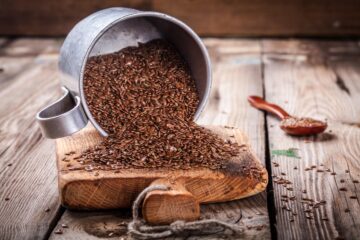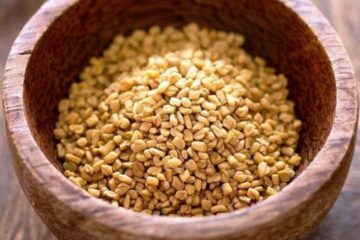Name:
Cranberry is the common name for a group of evergreen dwarf shrubs or trailing vines in the subgenus Oxycoccus of the genus Vaccinium. The scientific name for cranberry is Vaccinium oxycoccos (Source: Wikipedia).
Description:
Cranberry plants have wiry, creeping stems with evergreen, oval or elliptical leaves that are less than 1.2 cm long. They produce small, bell-shaped flowers with a four-lobed rose-tinted corolla (Source: Britannica).
Origin and Distribution:
Native to North America, particularly the northeastern regions, cranberries grow in swamps and bogs. They are extensively cultivated in the United States, especially in Wisconsin, New Jersey, Massachusetts, and Washington
Cultivation and Care:
Harvesting and Storage:
Uses:
Medicinal Uses: Cranberries are best known for preventing urinary tract infections (UTIs). They may help prevent E. coli bacteria from adhering to the urethra and bladder. They are also beneficial for the urinary system in other ways, like reducing urine odor and preventing stone formation
- Prevention of Urinary Tract Infections (UTIs):
- Cranberries have been extensively studied for their effectiveness against UTIs, mainly caused by the bacterium Escherichia coli. Clinical evidence indicates that cranberries may prevent bacterial adherence to uroepithelial cells, thus reducing UTI-related symptoms.
- The efficacy of cranberries in preventing UTIs, especially in women with recurrent infections, is supported by clinical trials, though they show limited effectiveness in populations at increased risk for UTIs.
- They could also suppress inflammatory responses to bacterial invasion, effectively reducing symptoms associated with UTIs.
- It’s important to note that while cranberries can inhibit UTIs, they are not as effective in treating active infections.
- Additional research, particularly well-designed, double-blind, placebo-controlled clinical trials, is recommended to further establish the efficiency of cranberries in preventing UTIs in susceptible populations (Source: PubMed).
- Cardiovascular Health:
- The study evaluated the impact of cranberry supplementation on cardiovascular disease metabolic risk factors.
- Cranberry consumption significantly reduced systolic blood pressure and body mass index.
- No significant change was observed in other cardiovascular markers such as cholesterol levels, fasting plasma glucose, and C-reactive protein.
- Benefits were more pronounced in certain subgroups, with older adults experiencing blood pressure reduction and younger adults showing an increase in high-density lipoprotein.
- The study underscores the potential of cranberry supplementation in managing cardiovascular health, particularly in controlling blood pressure and body weight in specific age groups. Further research is needed to confirm these findings (Source: PubMed).
- Cancer Prevention:
- Cranberries have shown positive effects against various types of cancer, including those of the esophagus, stomach, colon, bladder, prostate, glioblastoma, and lymphoma.
- The cancer-inhibitory potential of cranberries is attributed to the induction of cellular death, reduction of cellular proliferation, alterations in reactive oxygen species, and modifications in cytokine and signal transduction pathways.
- The preclinical studies suggest a potential role for cranberries in cancer inhibition, encouraging further clinical research in high-risk cohorts to explore their effectiveness against cancer or premalignancy (Source: PubMed).
- Gastrointestinal Health:
- Cranberries have been found to modulate gut microbiota function and attenuate gut barrier dysfunction caused by dietary insults.
- They interfere with the colonization of the gut by pathogenic E. coli and contribute to mechanisms affecting bacterial adhesion and biofilm formation.
- This action may provide clinical benefits in preventing gastrointestinal and urinary tract infections and systemic anti-inflammatory actions mediated via the gut microbiome.
- Cranberry consumption has also shown favorable effects on cardiometabolic health measures, including serum lipid profiles, blood pressure, endothelial function, and glucoregulation.
- The growing body of evidence from clinical trials supports the potential of cranberries in enhancing gut health, but further research is needed for a more comprehensive understanding (Source: PubMed).
Other Uses: Cranberries may reduce plaque formation on teeth, inhibit H. pylori bacteria, and have been used topically for various skin conditions. They are also used for colds, flu, and gastrointestinal issues
Safety Information:
Side effects of cranberry may include upset stomach, nausea, vomiting, and diarrhea. It’s important to follow product instructions and consult healthcare providers about any medical conditions, allergies, or medications. Cranberries should not be used by individuals with a history of kidney stones, diabetes, or allergies to aspirin or salicylic acid.





